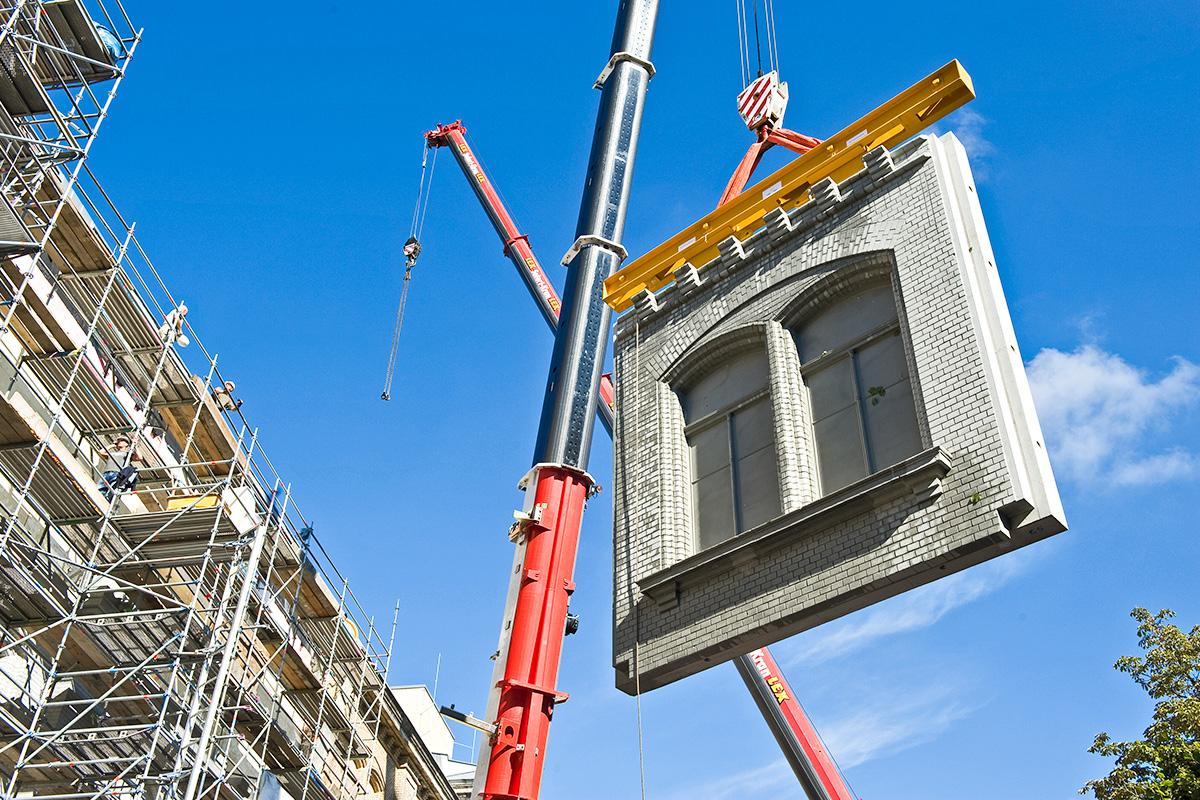20/21 May 2019, Museum für Naturkunde Berlin, Invalidenstraße 43, 10115 Berlin
The nineteenth century saw the building of natural history museums across Europe, at a time when there was acute controversy among scientists and the wider public over whether and how life had evolved. These natural history museums were built as interventions in these controversies, and at the same time they served to assert the importance of national scientific traditions. They remain key sites for the public understanding of science and nature. In this workshop we will examine how the architecture and aesthetics of the major natural history museums in Europe express distinct conceptions of science from within their national traditions and reflect on the meanings embodied in their plans, design and decoration. Through discussions of the interpretative implications of museum architecture, we hope to become more mindful of the implied scientific and ideological narratives built into the fabric of natural history museums and to turn the architectural legacy of nineteenth-century science into a richer resource, both for the public and the museums themselves. Looking at three modern examples of architectural additions, alterations of historical buildings and new constructions, we aim to shed light on contemporary forms and their capacity to combine old and new architecture based on current discourses, insights and requirements.
The workshop was conceived and organized by the Museum für Naturkunde Berlin in cooperation with the University of Birmingham, the Mount Allison University (Canada), the Naturhistorisches Museum Wien, and the Oxford University Museum of Natural History.
PROGRAMME
Monday, 20 May
12:30 – 13:15 Registration
13:15
Welcome Address, Johannes Vogel, Director General
Introduction, Anita Hermannstädter, Museum für Naturkunde Berlin
13:30 – 15:30
Session I: Cultural forms for scientific ideas
Chair: Anita Hermannstädter, Museum für Naturkunde Berlin
13:30
Building Nature in Victorian England: Natural Theology and Darwinian Science at the Oxford University Museum and the Natural History Museum
John Holmes, University of Birmingham
14:15
400 years of visually displaying natural history: The Museum National d'Histoire Naturelle in Paris
Charlotte Bigg, Centre Alexandre-Koyré, Paris
14:45
Comment by Maike Weißpflug, Museum für Naturkunde Berlin, and discussion
15:30 BREAK
16:00 – 17:45
Session II: Entering the Book of Nature
Chair: Janine Rogers, Mount Allison University
16:00
Naturhistorisches Museum Wien – Where Science meets Art
Stefanie Jovanovic-Kruspel, Naturhistorisches Museum Wien
16:30
Museum für Naturkunde Berlin – Revolution of the New Museum Idea on Display in 1889
Jutta Helbig, Museum für Naturkunde Berlin
17:00
Comment by Will Tattersdill, University of Birmingham, and discussion
18:00 – 21:00
Reception in the Dinosaur Hall
Optional:
19:00 Guided tour through the museum building, led by Peter Bartsch, Museum für Naturkunde Berlin (fully booked)
20:00 Guided tour through the museum building, led by Tom Werner, Museum Guide, Museum für Naturkunde Berlin
Tuesday, 21 May
9:30 – 11:30 Session III:
New challenges – new architectures. How do current new buildings reflect the shifting role of museums?
Chair: John Holmes, University of Birmingham
9:30
The ROM, its architecture and disciplinary disposition
Sascha Priewe, Royal Ontario Museum, Toronto
10:00
MUSE – an example of the dialogue between architecture and concept in newly erected natural history museum
Michele Lanzinger, MUSE – Museo delle Scienze, Trentino
10:30
Africa Museum Tervuren, a contemporary and decolonised vision of Africa in a historic building
Tine Huyse, Royal Museum for Central Africa
11:30 BREAK
12:00 – 13:00
Comments and Discussion
Moderator: Niki Vermeulen, University of Edinburgh
Comments by Janine Rogers, Mount Allison University, Tahani Nadim, Museum für Naturkunde Berlin, and Paul Smith, Oxford University Museum
13:00 END
Everyone attending the conference is welcome to visit the exhibitions free of charge.
